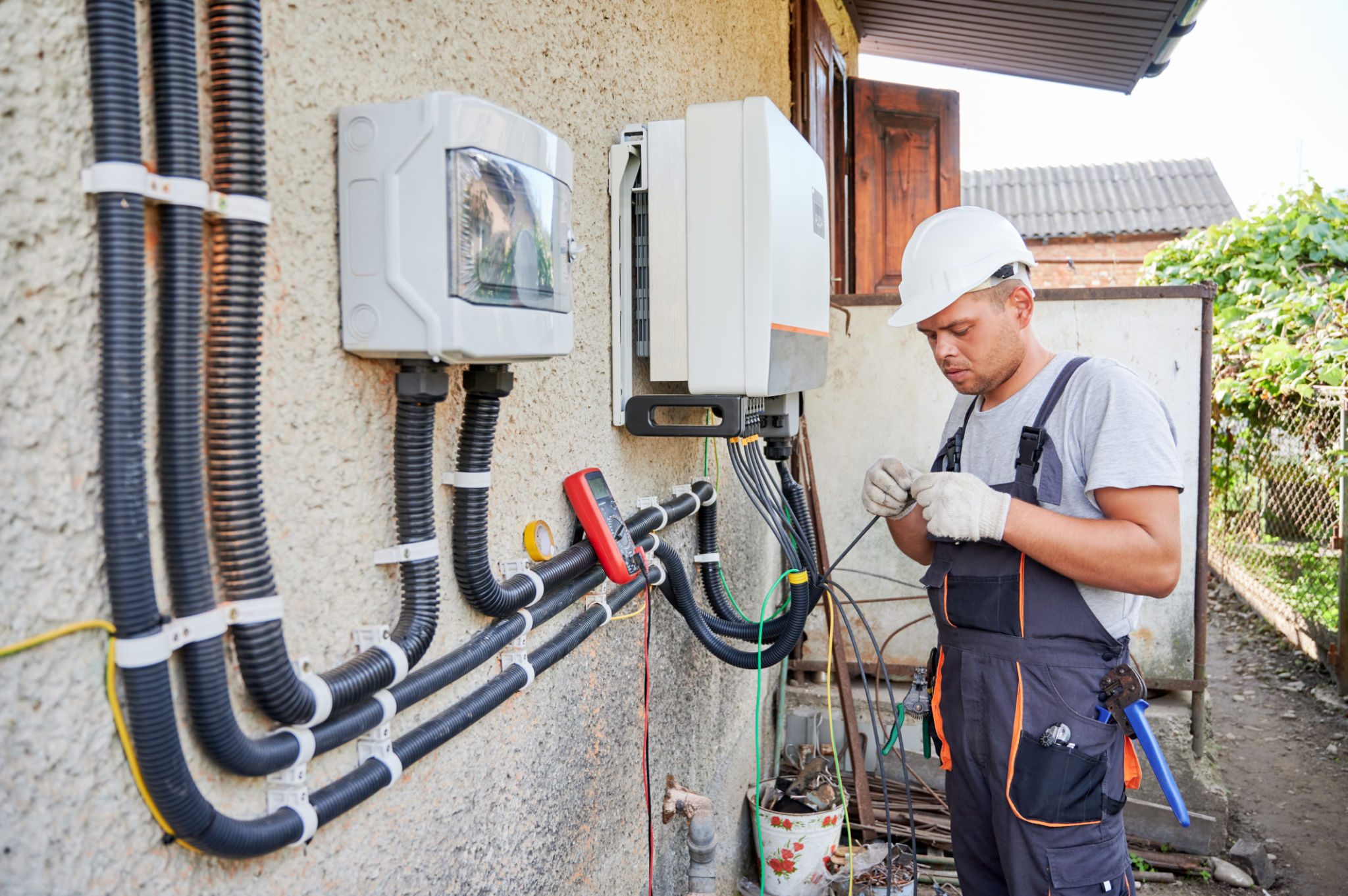How to Prepare Your Generator for Seasonal Changes: A Step-by-Step Tutorial
As the seasons change, it's essential to ensure your generator is ready to handle the varying demands of different weather conditions. Proper maintenance and preparation can extend the life of your generator and ensure it operates efficiently when you need it most. Whether you're facing the chill of winter or the heat of summer, this step-by-step tutorial will guide you through the process of preparing your generator for seasonal changes.
Inspecting and Cleaning Your Generator
The first step in preparing your generator is a thorough inspection and cleaning. Look for any signs of wear and tear, such as frayed wires or rust. It's crucial to address these issues before they lead to more significant problems. Clean the exterior of your generator with a damp cloth to remove dust and debris. Pay special attention to the vents as blocked vents can cause overheating.
Ensure that all connections are secure and that there are no leaks in fuel lines or oil seals. If you notice any loose parts or leaks, it might be necessary to contact a professional for repairs. Regular cleaning and inspection are vital to keep your generator running smoothly.

Checking and Changing Fluids
Generators rely on various fluids to operate efficiently, including oil, coolant, and fuel. Check the oil level using the dipstick and top up if necessary. It's advisable to change the oil if it appears dirty or if it's been over 100 hours of use since the last change. Ensure you use the correct oil type recommended by the manufacturer.
Next, inspect the coolant level, especially if your generator operates in extreme temperatures. Low coolant levels can lead to overheating, which can cause significant damage. Finally, check your fuel supply and quality. Stale or contaminated fuel can hinder performance and cause starting issues.

Testing the Battery and Electrical System
A reliable battery is crucial for starting your generator, especially in cold weather. Check the battery terminals for any corrosion and clean them if necessary. Use a multimeter to test the battery's voltage and ensure it's holding a charge. If the battery is weak or old, consider replacing it before it fails.
Inspect the electrical system for any signs of damage or corrosion. Ensure all connections are tight and that there is no fraying in any of the wires. Testing your generator's electrical output with a load bank can also help ensure it's ready to deliver power when needed.

Running a Test Load
Before seasonal changes take full effect, it's wise to run your generator under a test load. This process helps verify that the generator can handle its rated capacity without issues. Connect a load bank or similar equipment to simulate actual usage conditions.
Monitor the generator during this test for any unusual noises, vibrations, or fluctuations in power output. If you notice anything out of the ordinary, it may indicate an underlying issue that needs addressing before you rely on the generator for extended periods.
Updating Your Maintenance Schedule
Once you've completed all necessary checks and tests, update your generator's maintenance schedule. Note any parts that may need future replacement and set reminders for regular maintenance tasks like oil changes and battery tests.
Consider keeping a log of all maintenance activities, including dates and details of any repairs or replacements. This log will be invaluable for troubleshooting future issues and ensuring that your generator remains in peak condition throughout its lifespan.

Preparing for Emergencies
Finally, ensure you're prepared for any emergencies that might arise during seasonal changes. Stock up on essential supplies like extra oil, coolant, and fuel stabilizer. Keep a toolkit handy with basic repair tools to address minor issues promptly.
It's also wise to have a backup power plan in place if your generator experiences any unforeseen problems. This could include having a portable generator on hand or arranging alternative power sources with neighbors or local services.
By diligently following these steps, you can ensure that your generator is well-prepared for whatever seasonal changes may bring. Regular maintenance and timely inspections will help keep your power supply reliable and your equipment running smoothly year-round.